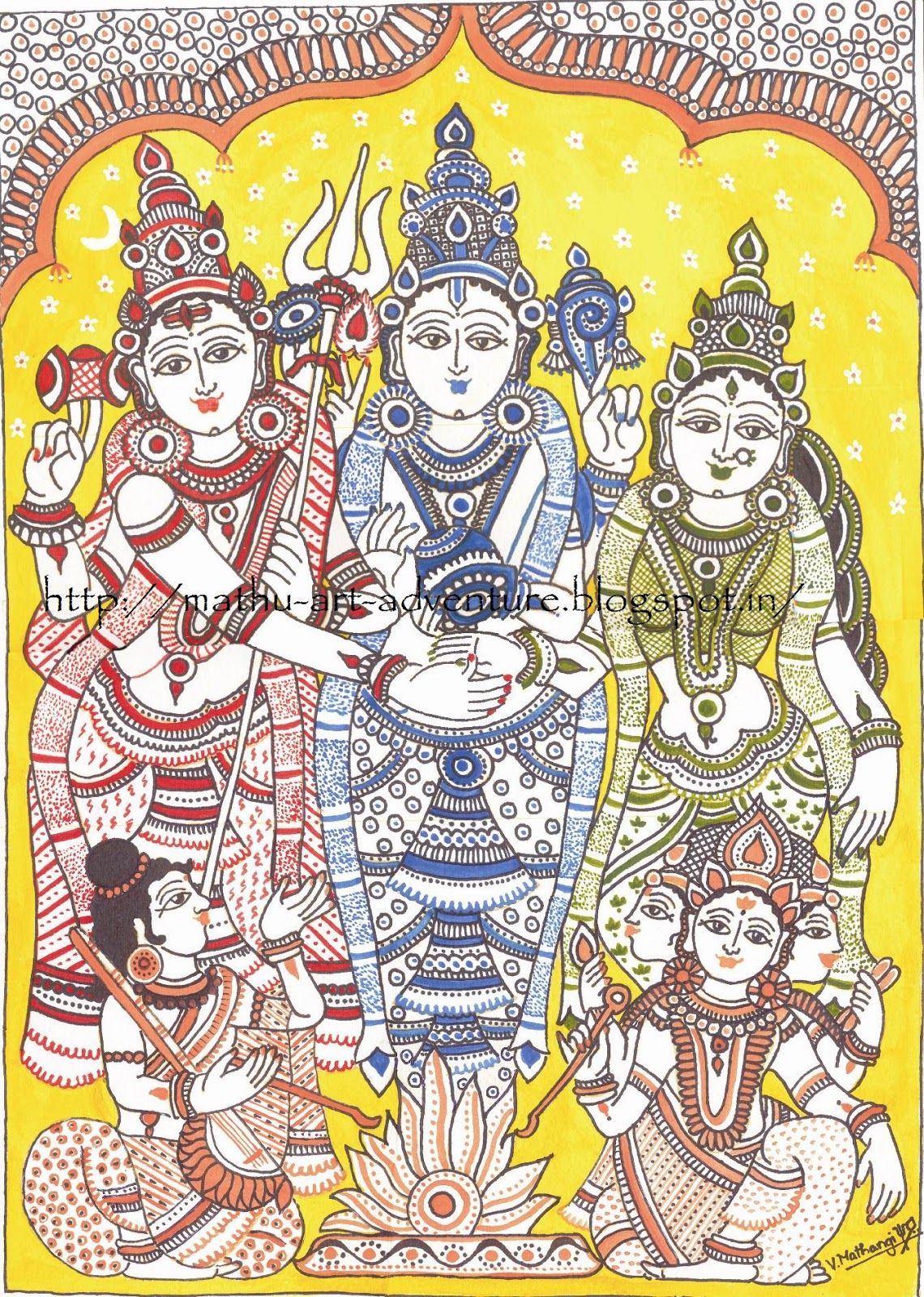Traditional Indian Art

The pieces often feature mythological.
Traditional indian art. Once this traditional form of art was practised all over the region but in recent times this form of art is almost extinct. The art work of this country be it paintings or sculptures or even traditional arts like rangoli has always gathered appreciation from people residing in almost all the parts of the world. Here s a look at what makes 10 of these folk art forms unique. P assed down from one generation to another indian folk art is still alive in many parts of the country.
In this section we will acquaint you with popular indian art works. There s just one family in the area still trying to continue and keep this art form alive. Manjusha an indian traditional art form from bhagalpur shares a similar fate. Traditional indian art the history of indian painting dates back to the era of ajanta ellora and other murals.
Other famous examples are buddhist palm leaf manuscripts the jain texts and the deccan mughal and kangra schools. India had always been known as the land that portrayed cultural and traditional vibrancy through its conventional arts and crafts. Traditional indian art usually had a religious character and buddhism hinduism and later islam have been a common theme throughout the centuries. The 35 states and union territories sprawled across the country have their own distinct cultural and traditional identities and are displayed through various forms of art prevalent there.
We strive to ensure that our traditions remain alive and to support this we organise exhibitions educational programmes art projects and art tours. Some untouched by modernisation some adapting to new paint colours and materials. Being culturally diverse and distinct a variety of art forms have evolved over the years.














































